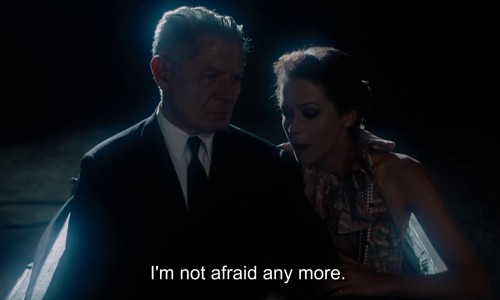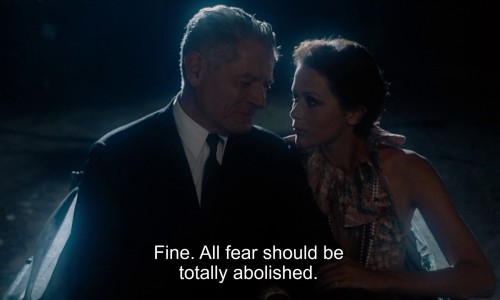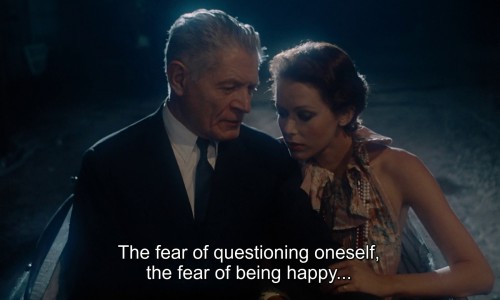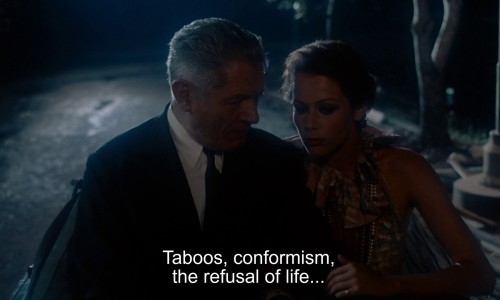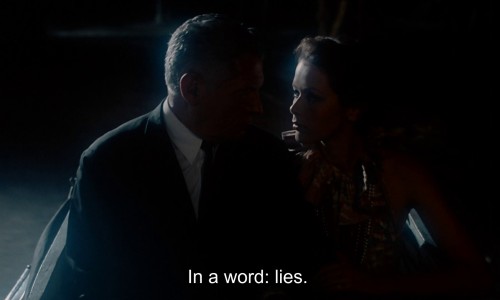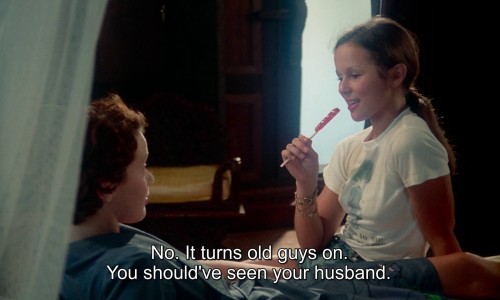#dialogue
here’s a random word generator–whatever word it gives you is now the thing you are the deity of
“This is your daily, friendly reminder to use commas instead of periods during the dialogue of your story,” she said with a smile.
Here’s some tips for writing conversations!
Say the Opposite
It sounds paradoxical, but it is actually a really helpful technique to have your characters say the exact opposite of what they are feeling. This contributes to a realism and, if done well, can tell the reader a lot about the character.
For example, imagine a character is asked if they have a crush on another character.
“Yeah, totally. Head over heels. Just can’t get enough,” is a sarcastic response (though maybe there is a hint of truth in it)
“No! Who told you I did? Why would you think that!” is what someone would say if they were confronted with that situation, and they wanted to hide their true feelings.
This doesn’t always work, and generally for more simple answers and conversations your characters should be honest (or your story will be very confusing). But when it comes to those memorable, meaningful conversations, this can be a useful tactic to elevate that dialogue.
Say Emotions, Not Facts
Let’s be honest: there’s nothing more annoying or contrived than exposition given purely through dialogue. And in real life, unless your character is a snobby know-it-all or a human Ripley’s Believe-it-or-not, they will talk about how they feel, not what they know. So you should reflect this in your writing.
For example, imagine you want to go into a character’s backstory about their sister.
“I have a sister. I haven’t seen her in years since she ran away. She might be dead, or still missing, or living a new life somewhere. This painting reminds me of her because it has a lot of flowers and she loved flowers,” is overly expositional and blunt, and nobody sounds like this in real life.
“My sister would like these flowers. She used to pick them from the garden and bring them to me. It made me so happy to see her face shine as she arranged her bouquets. I haven’t felt that way in a while,” is deep, but it’s also realistic and hits heavier.
Include Miscommunication
In real life, there is lots of miscommunication in conversation. Most times, people have to clarify or repeat themselves. Sometimes this can even result in fights, or maybe be the straw that breaks the camel’s back on a failing relationship. Don’t fill your stories and dialogue with a lot of meaningless filler, and don’t add a bunch of “ums” or “likes” but do add miscommunication betweencharacters.
This can also be a source of drama, irony, and humor. Miscommunication can lead to suspense, horror, and tension, which means everyday dialogue can drive the plot, character relationships, and the overall theme of the story. Again, don’t go over the top, but consider creating moments where characters have to adjust themselves to others. After all, that’s what we do in real life.
Hope this helps!

